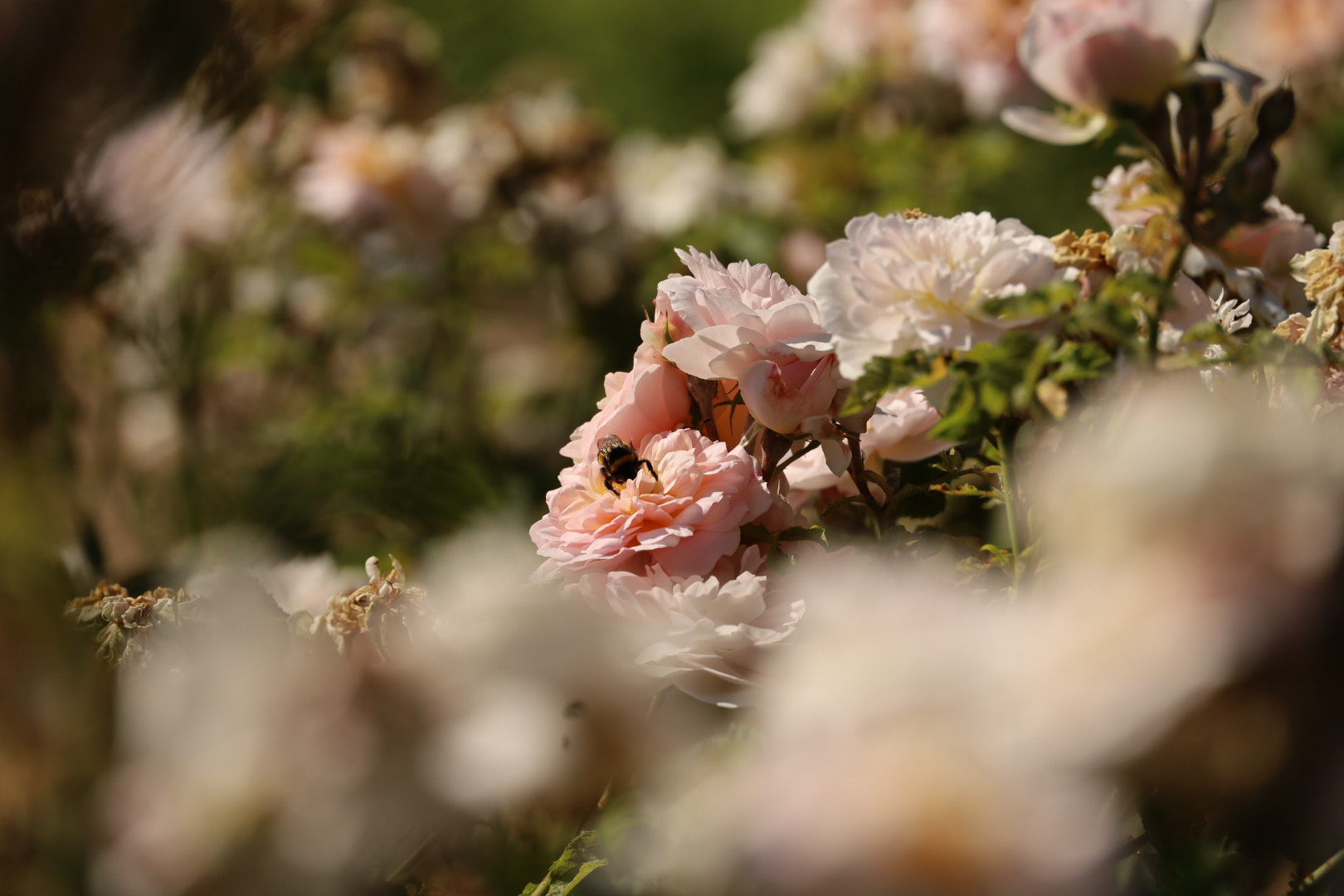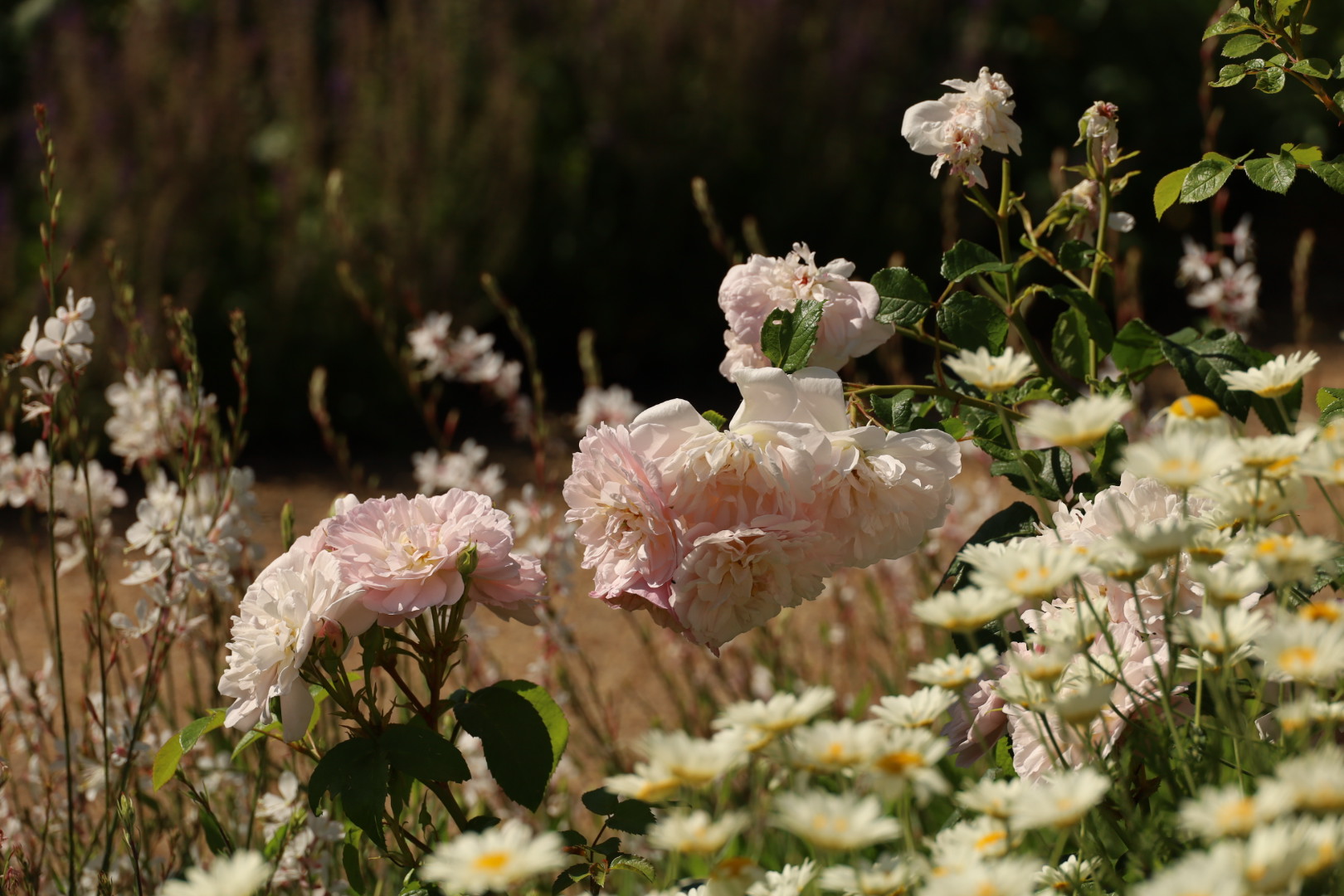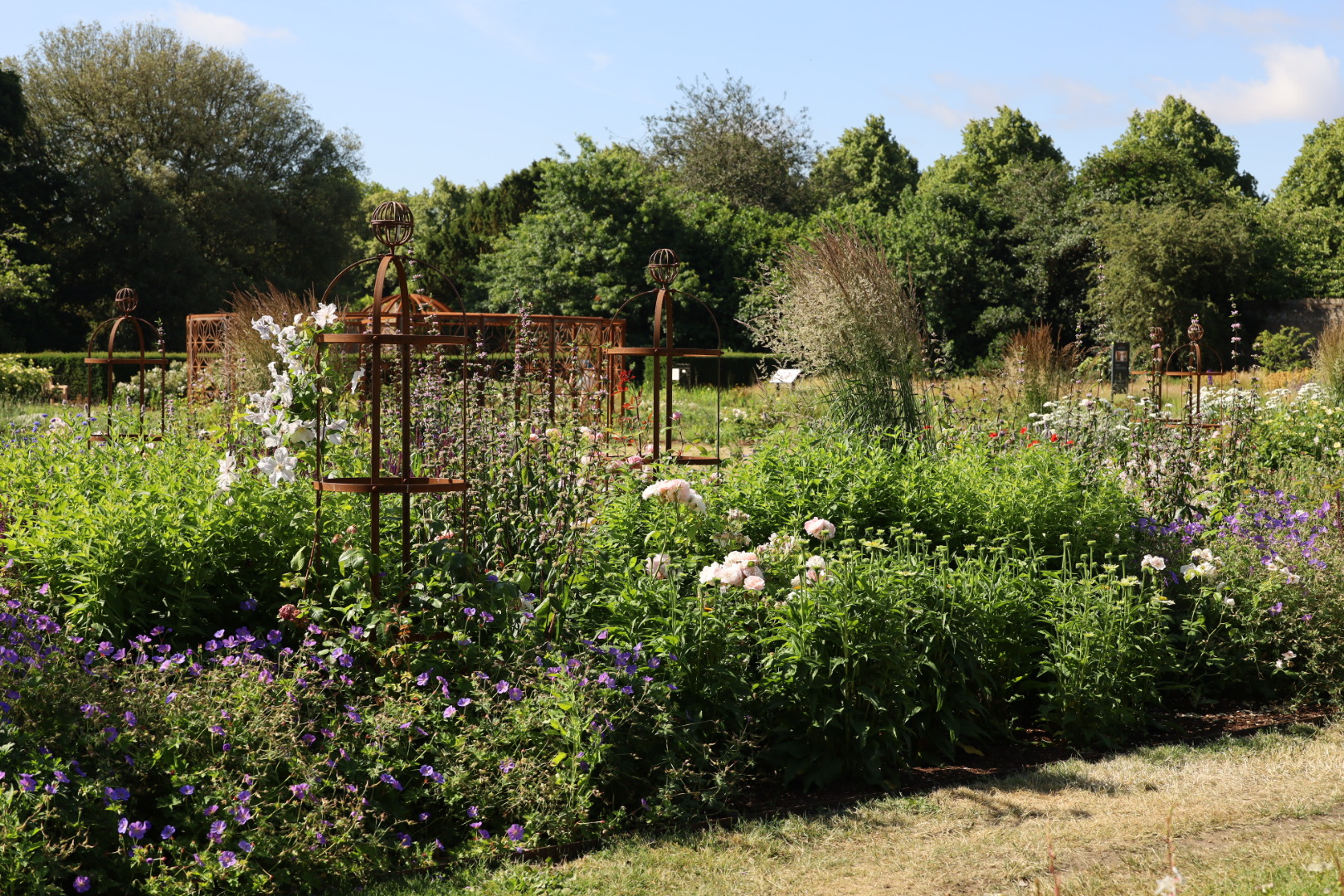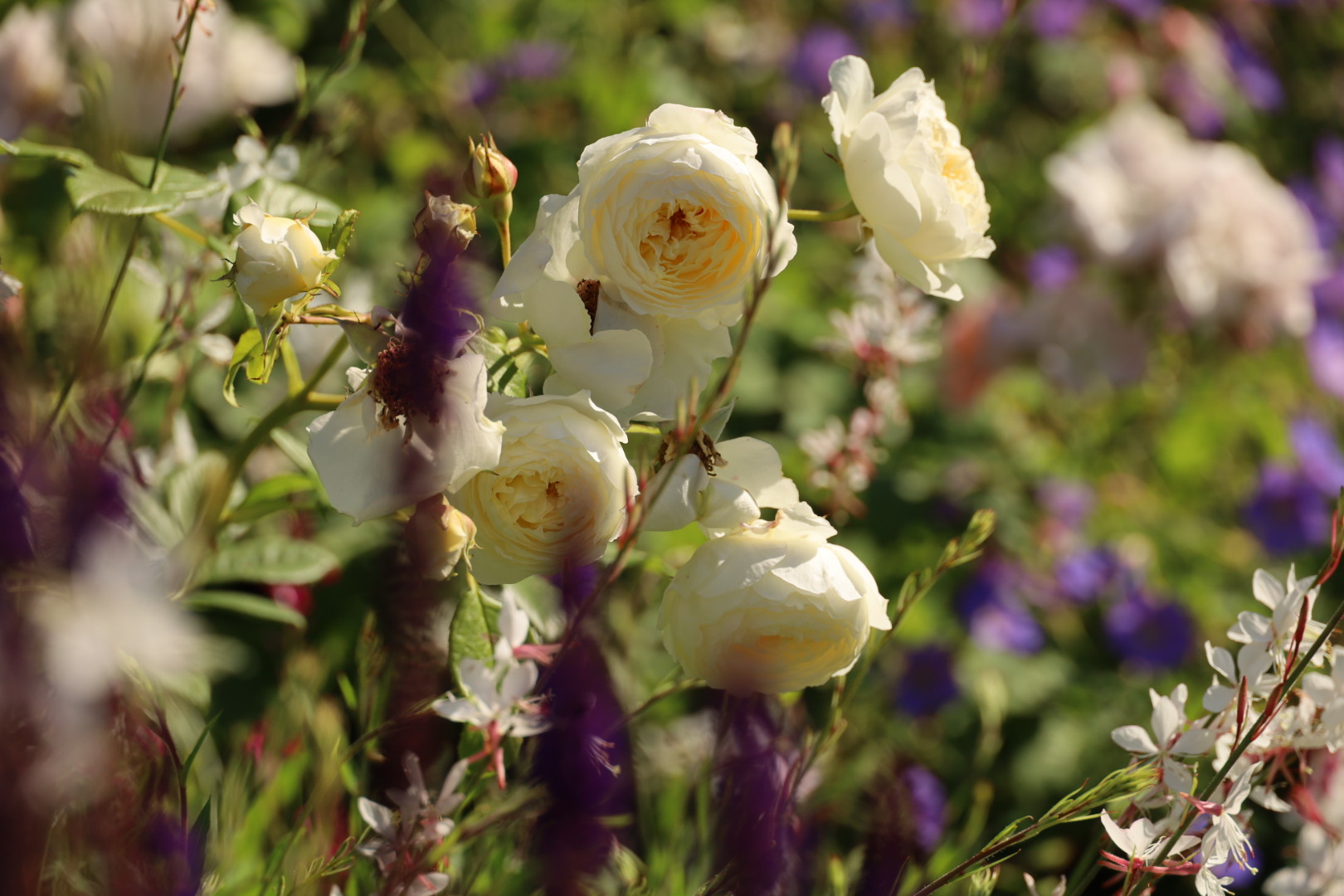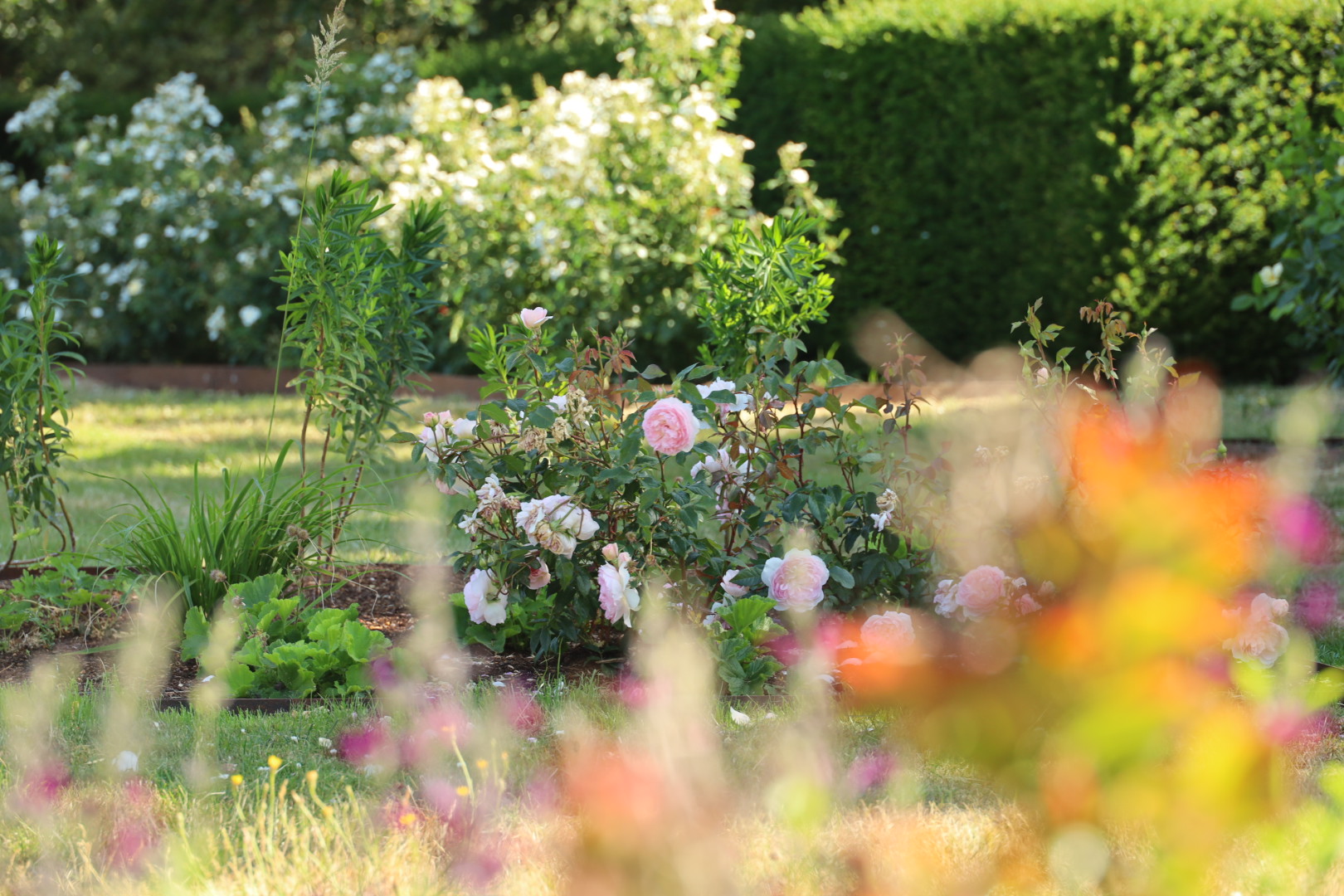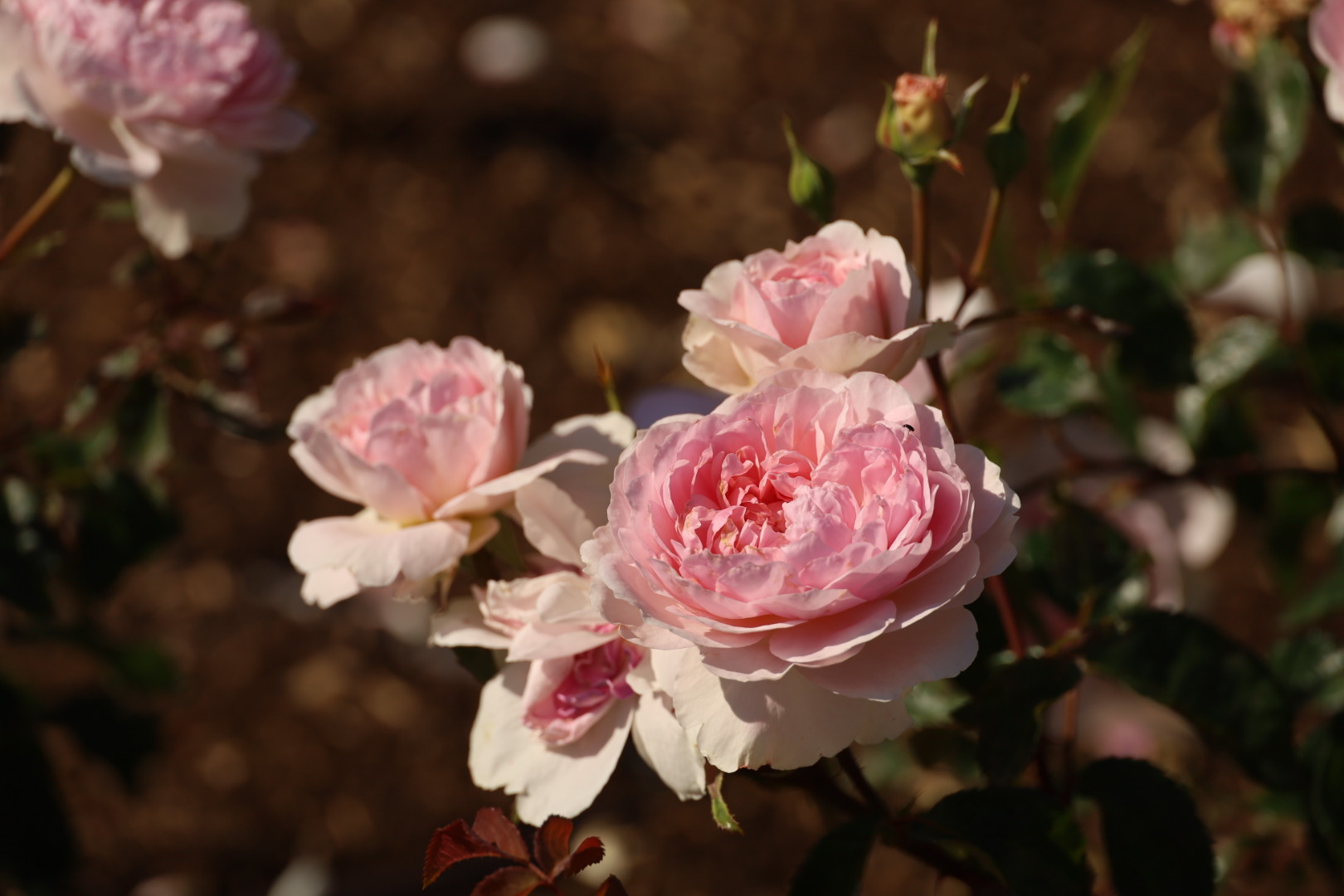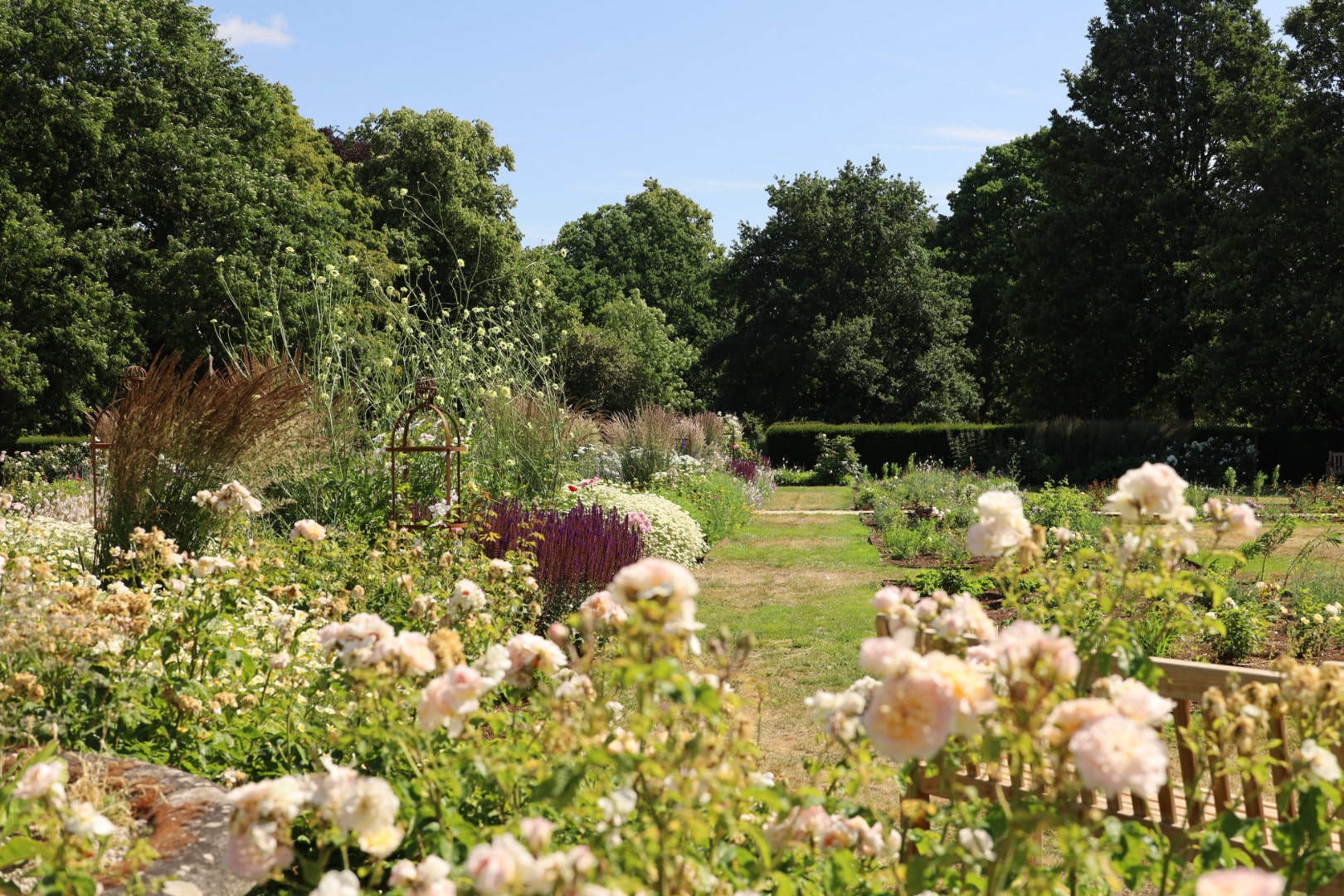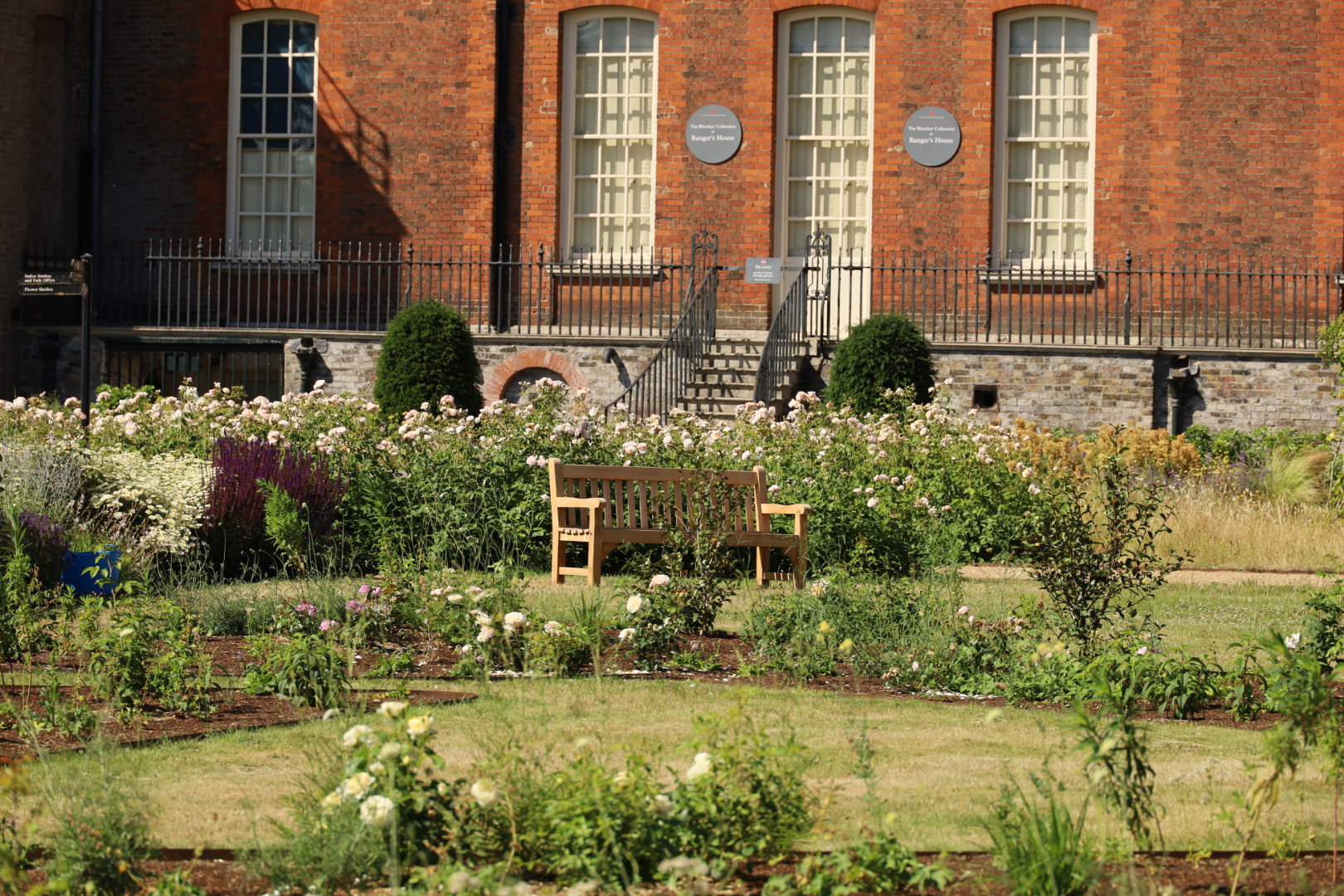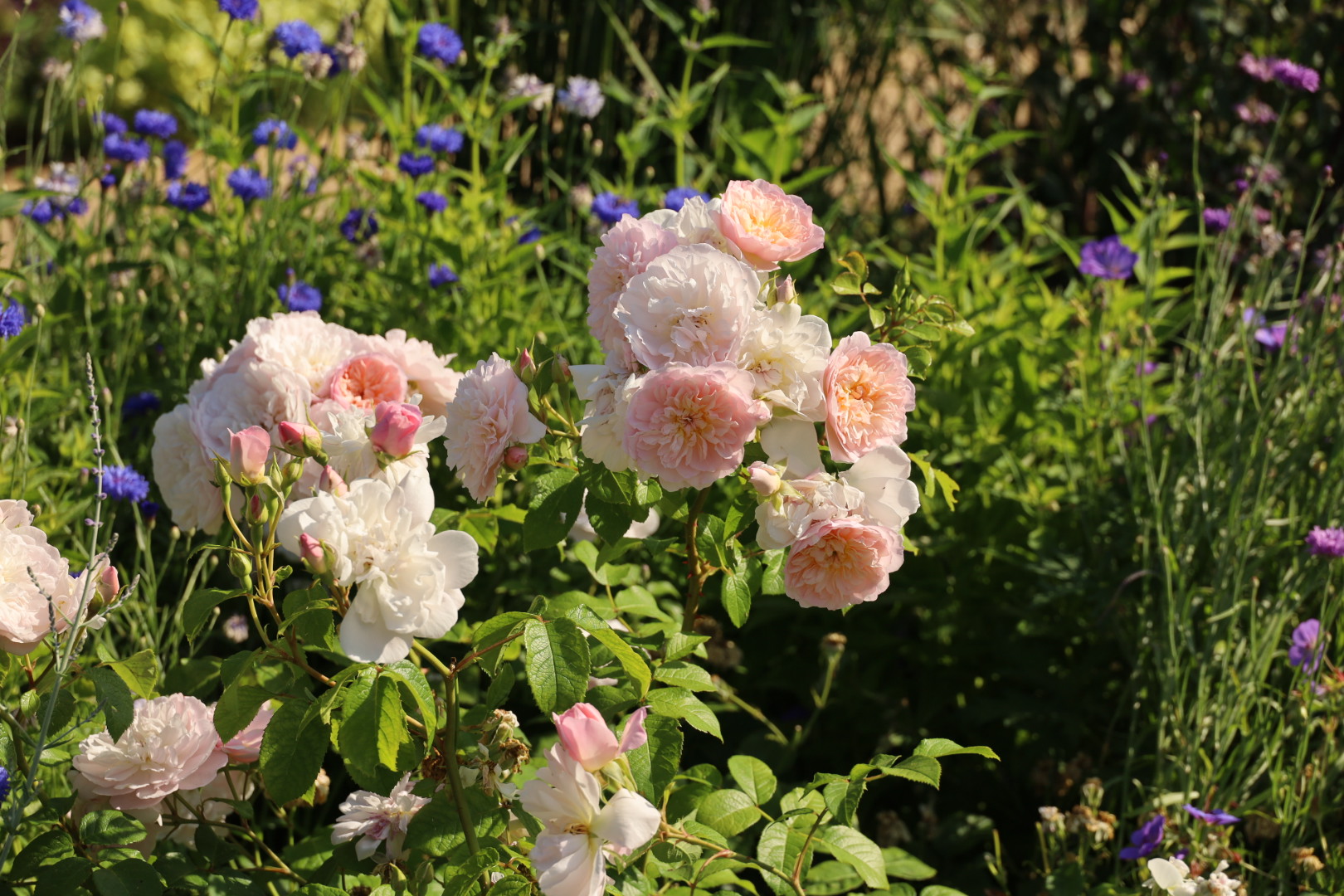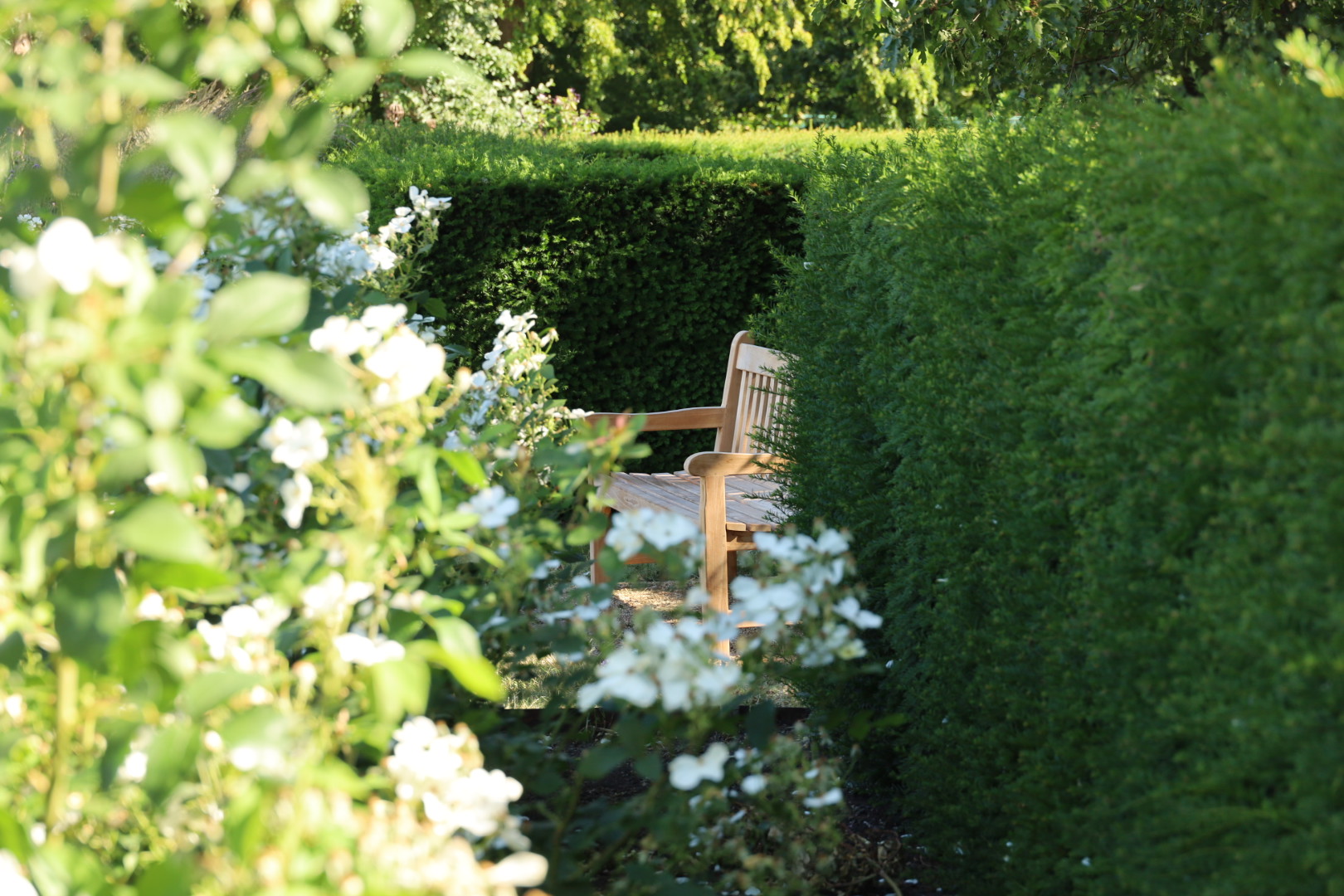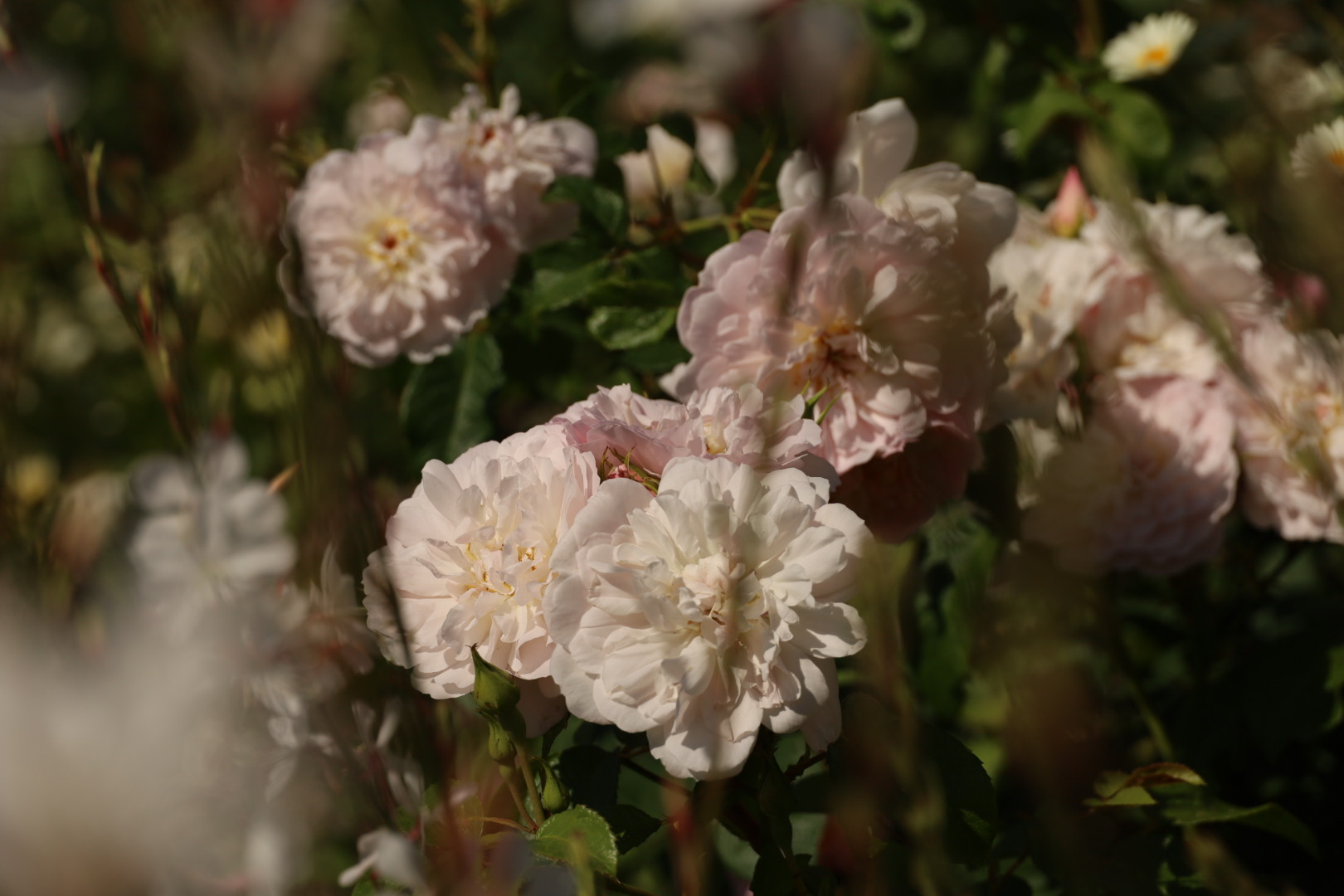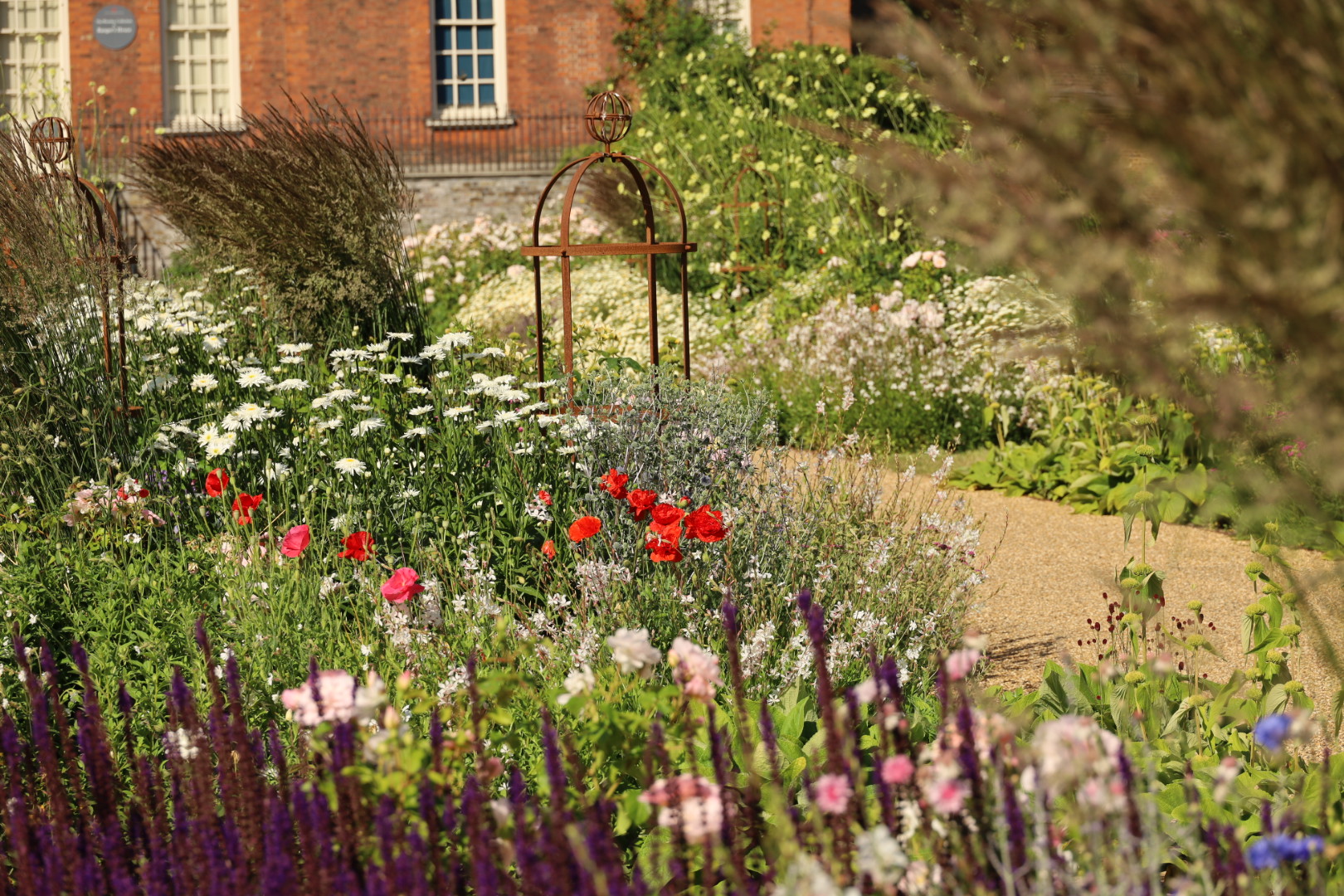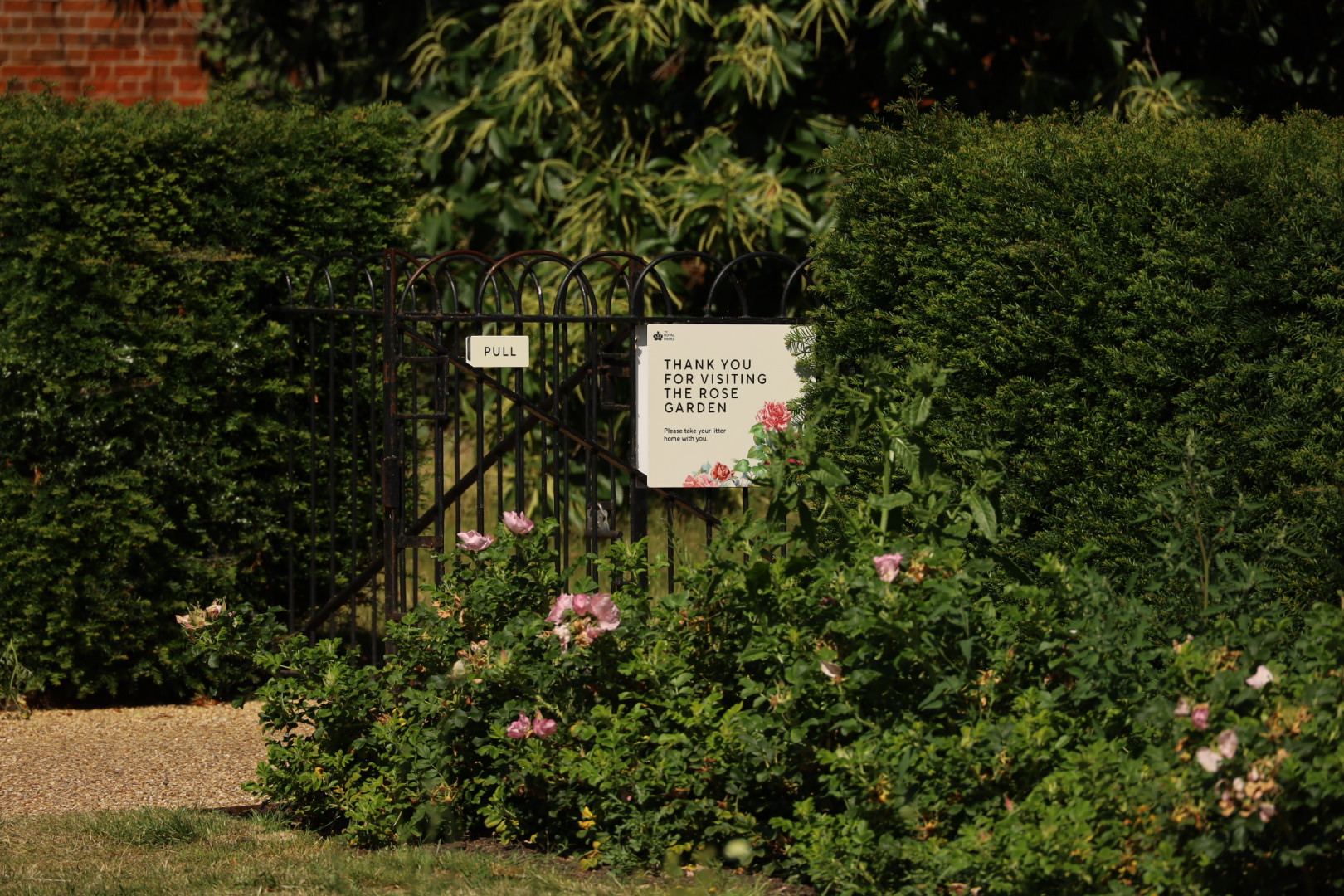I've written about Greenwich Park's Rose Garden before—that beloved corner on the western side of the park that forms such a perfect backdrop to Ranger's House, the elegant Georgian villa that once housed the park ranger. But when I returned after its May 2025 reopening, I found something remarkable: a garden so transformed that David Austin has included it among the best rose gardens in their rose catalog. That recognition alone was enough to draw me back for another visit.
The garden surrounds Ranger's House, now owned by English Heritage and home to The Wernher Collection—a stunning array of art pieces gathered by diamond magnate Sir Julius Wernher between 1850 and 1912. But it's the roses, not the art, that steal the show here.
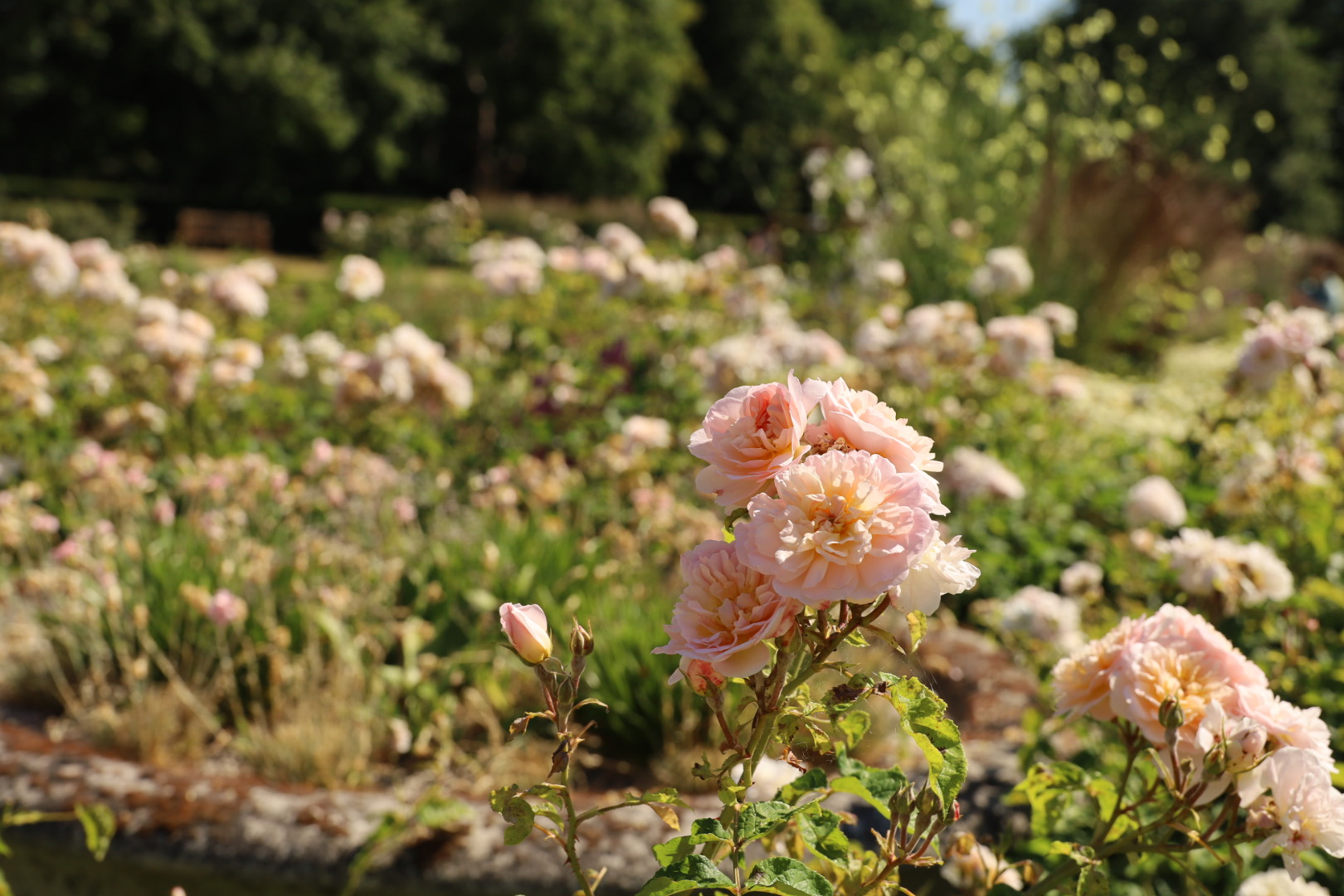
When Good Gardens Go Bad
The original Rose Garden, planted in 1960-61 and expanded in 1993-94, had fallen on hard times. Despite being enclosed by a handsome yew hedge and laid out in an appealing semi-circular design with hybrid tea and floribunda roses, the garden was clearly struggling. Britain's increasingly hot summers had taken their toll—roses showed visible signs of disease, and some beds had been completely emptied and filled with wildflowers instead.
For a garden that typically peaks during the glorious weeks of June and July, this decline was heartbreaking. Something had to be done.
The Science Behind the Suffering
The Royal Parks charity didn't just slap on a band-aid solution. They diagnosed the real problem: Rose Replant Sickness, a soil-borne fungal disease that builds up where roses have grown for decades. Add to that the accumulated rose-specific pests lurking in the soil, and you have a recipe for perpetual struggle.
The three-year regeneration project that began in 2022 was designed to tackle these issues head-on while future-proofing the garden for our changing climate.
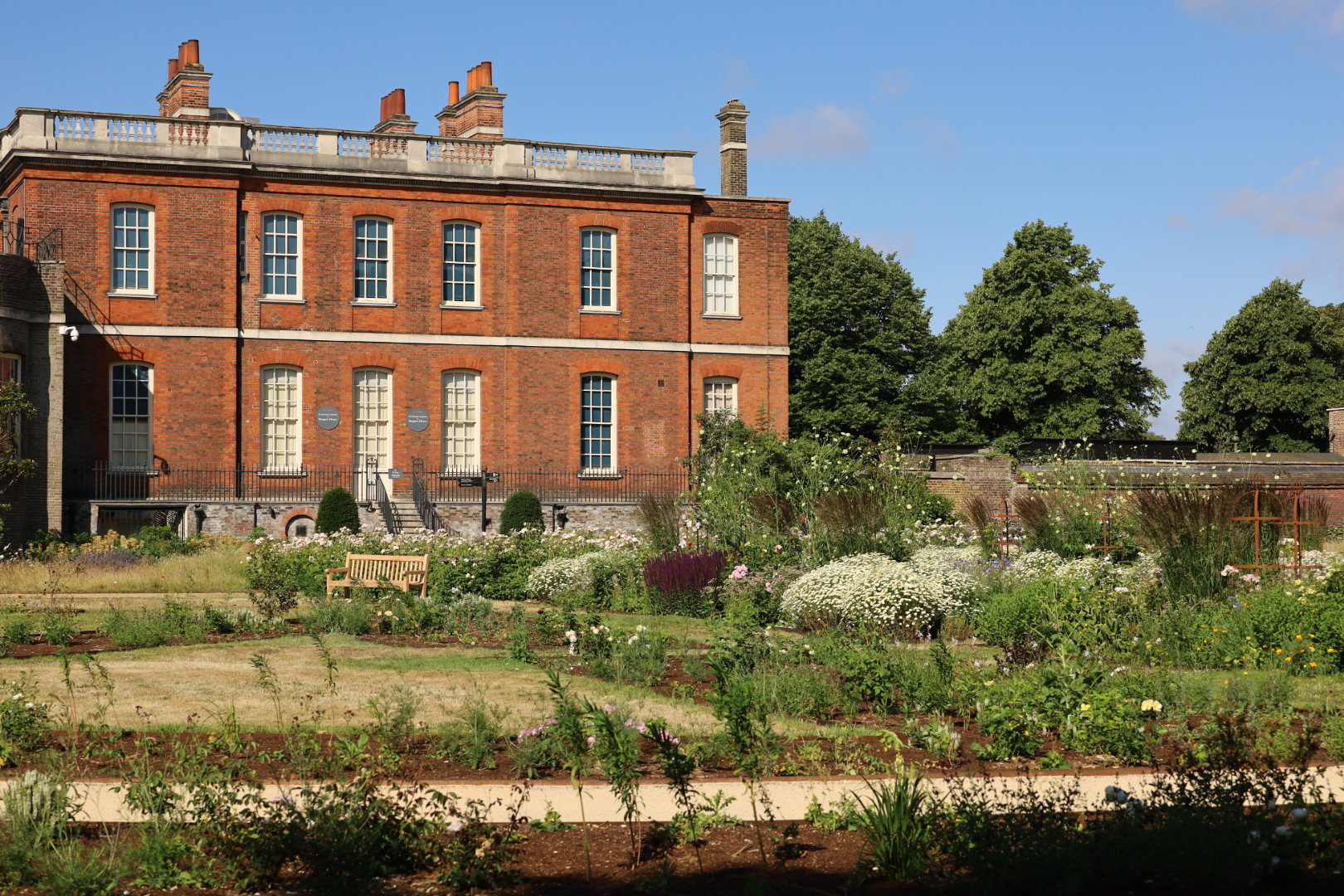
Smart Solutions from Proven Models
The new design takes inspiration from successful mixed plantings at Mottisfont (the National Trust's rose paradise in Hampshire) and Hyde Park's own rose garden. The principle is simple but effective: diversity creates resilience.
Instead of rows of identical roses fighting the same battles, the new garden mixes over 100 rose varieties with carefully chosen perennial plants. This approach provides natural pest control—beneficial insects like ladybirds and hoverflies find homes among the varied plants, keeping rose pests in check. Ground cover plants create crucial shade for rose roots, while the diverse plantings extend the garden's appeal from spring through winter with seed heads and rose hips.
The Renovation in Detail
Phase 1 brought us:
- A new rose hedge planted inside the existing yew perimeter, creating intimate seating areas
- Restored central beds with preserved urns, honoring the traditional design
- Mixed herbaceous borders featuring over 100 roses with complementary perennials
Phase 2 added:
- New borders along Ranger's House and pathways
- A wildflower meadow with self-seeding bulbs
- Prairie-style plantings
- Two striking steel pergolas designed as frames for rambling roses
- An accessible path system allowing everyone to enjoy the garden's center
- 17 new rose varieties
- An additional 460 roses planted in spring 2025
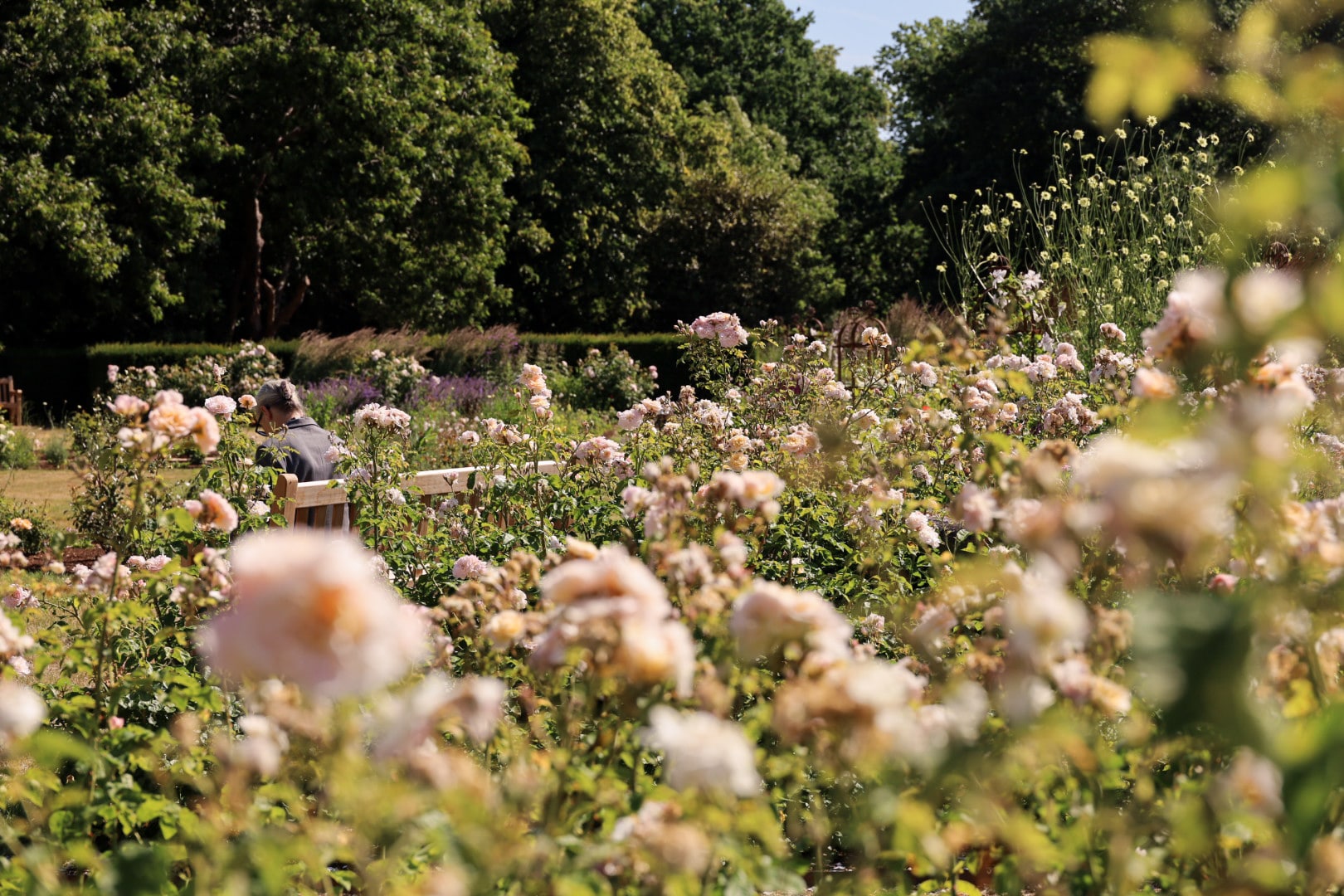
Reality Check: A Garden in Progress
Visiting in early June 2025, I found a garden that's undeniably improved but still finding its feet. The new mixed borders already provide year-round interest and valuable shade for the roses. Most of the original garden's beloved elements remain—the urns, the basic layout, even many healthy existing roses—which gives the space a comforting sense of continuity.
The two new steel pergolas add much-needed height and structure. They're meant to support 'Malvern Hills' roses (a lovely pastel yellow rambler) woven with purple clematis for a spectacular display. But during my visit, only the clematis was really visible—the roses are still too young to make much impact. Patience, as any gardener knows, is essential.
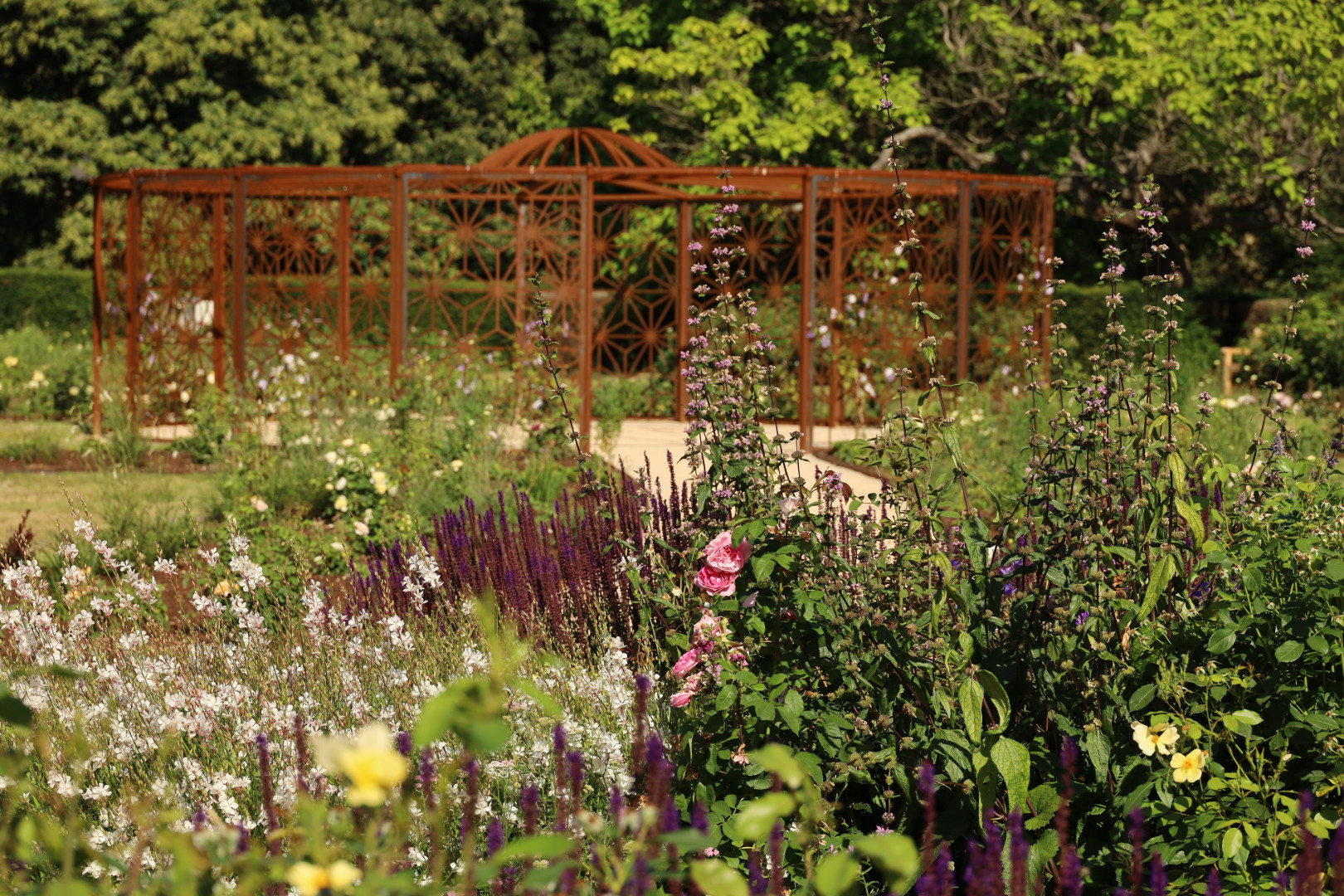
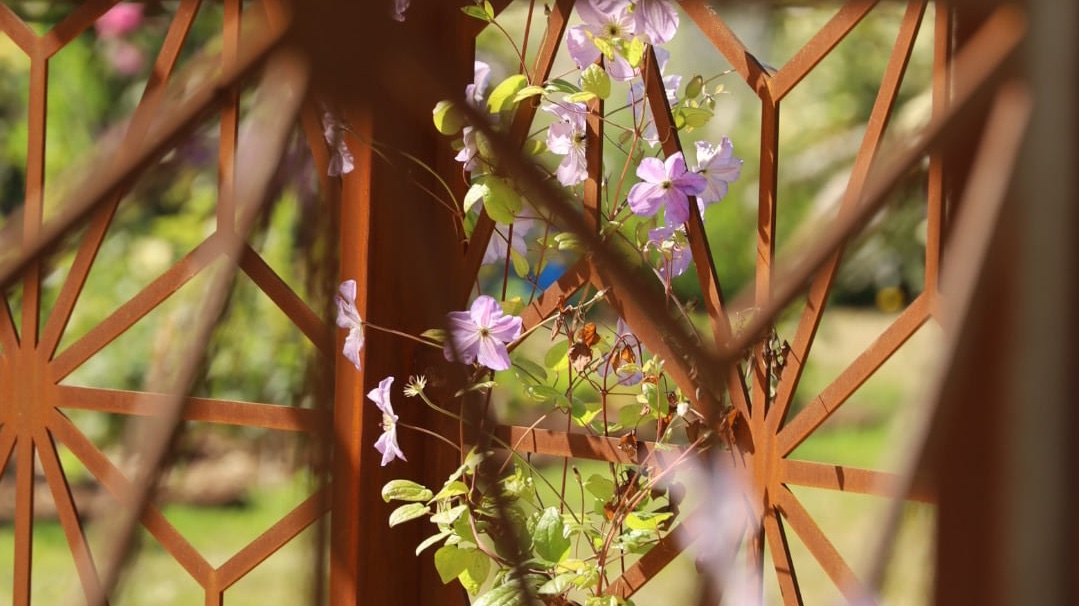
The Good, the Concerning, and the Spectacular
The good: The new rose varieties are already putting on a show. From simple hedge roses with charming single blooms to ground-covering types and those magnificent David Austin roses with their full, globular flowers in generous clusters. The sea of peach-colored roses near the house was particularly stunning—so photogenic that visitors couldn't resist stopping for pictures.
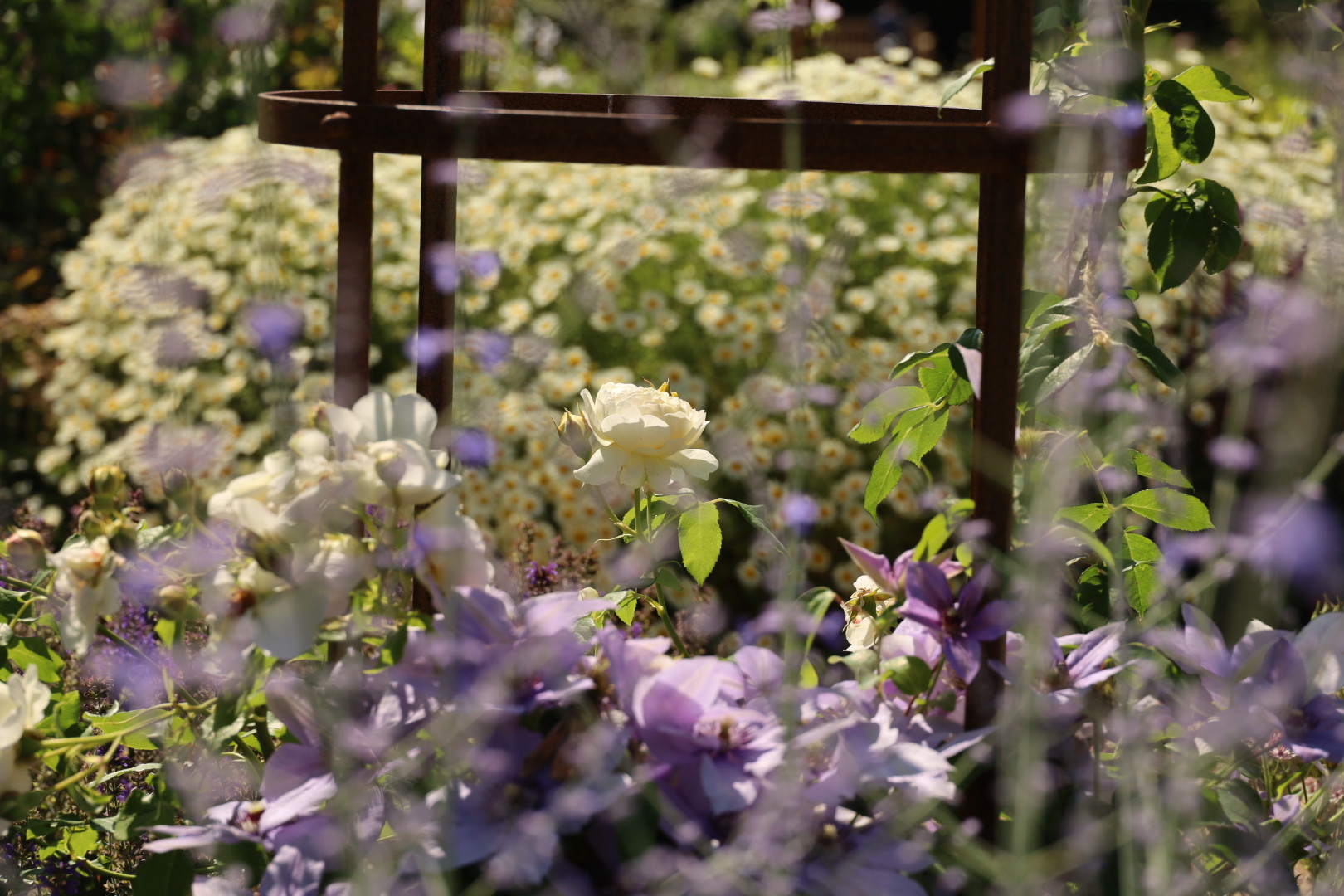
The concerning: The loss of a major shade tree during renovation feels like a missed opportunity. In our era of increasingly common heat waves, removing mature shade without replacement seems shortsighted. I also worry about irrigation—many UK gardens still operate as if our climate hadn't changed, but those cool, rainy summers of 50 years ago are history.
The spectacular: Those perimeter benches under the cherry and apple trees provide perfect viewing spots. The temperature in their shade was comfortable even on a warm day, and the views across the garden were breathtaking.
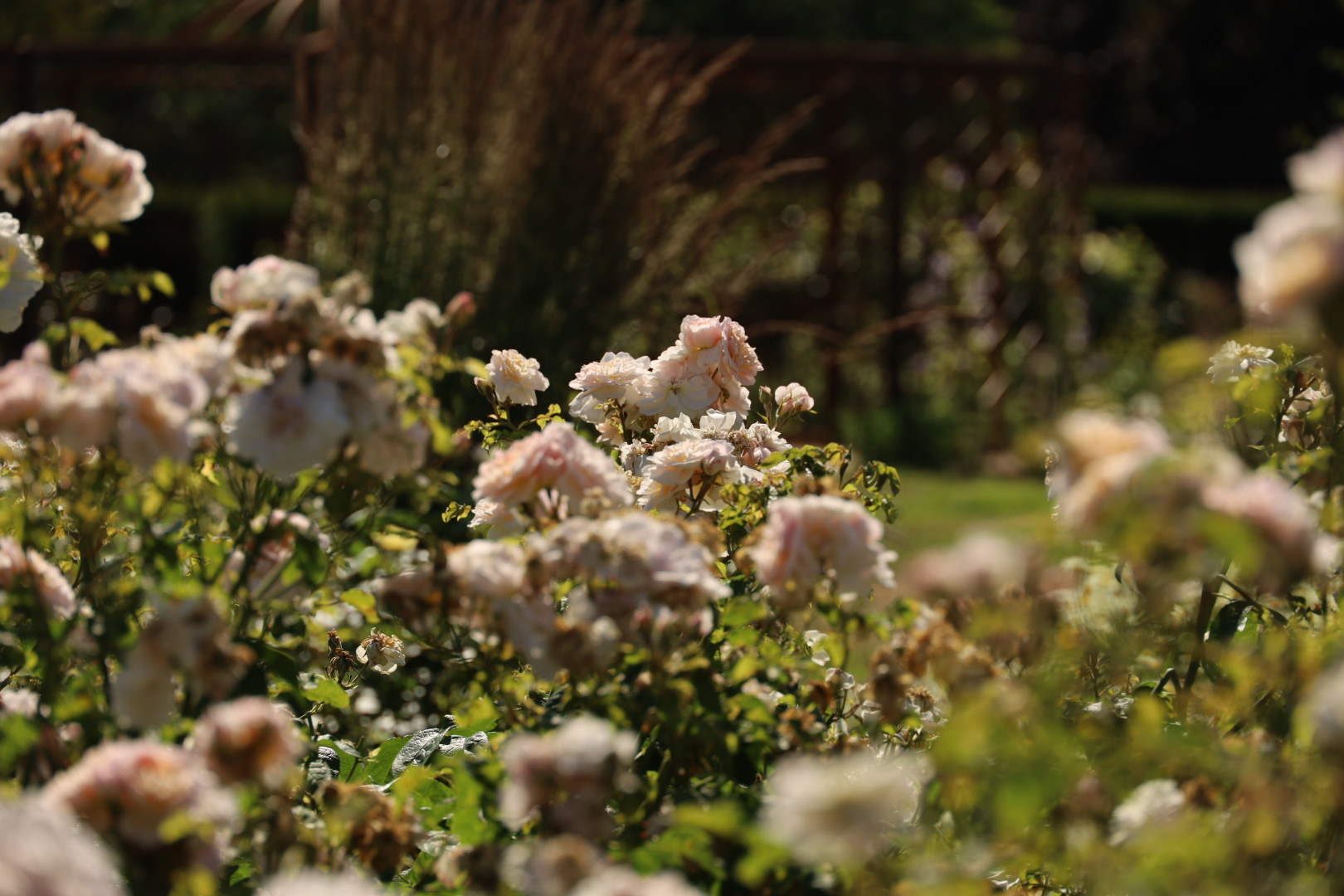
Missing Pieces
As someone obsessed with proper plant labeling in public gardens, I was disappointed to find no rose tags anywhere—not even the standard breeder labels that usually come with new plants. The detailed garden map that once helped visitors identify varieties has also vanished. For a garden now recognized in David Austin's catalog, this feels like a missed educational opportunity.
The Verdict
Don't let my minor criticisms overshadow the main story: this renovation is a success. The garden is heading in exactly the right direction, adapting intelligently to climate challenges while respecting its heritage.
If you're a rose lover like me, you'll absolutely enjoy visiting this transformed space. Just remember that you're seeing a garden in its early years, not an instantly mature showpiece. The best gardens, like the best wines, need time to reach their full potential.
The fact that David Austin has recognized Greenwich's Rose Garden among Britain's finest speaks volumes about what the Royal Parks charity has achieved here. This is a garden worth watching—and worth visiting—as it grows into its new role as a model for climate-adapted rose growing.
Plan your visit for June or July when the roses are at their peak, but don't be surprised if you find yourself returning throughout the season to watch this remarkable transformation unfold.
